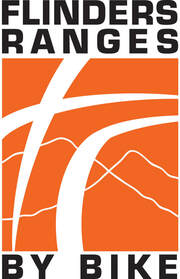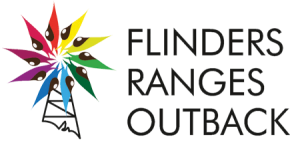UHF Radio Use
|
It is a requirement for groups using the FRBB trail that each group carries and is competent to use a 5 watt battery powered UHF radio. The UHF radio is a valuable means of contacting assistance while riding the trail - but there is no guarantee that you will be able to contact help by UHF radio.
|
UHF Radio Instructions
- A 5w UHF radio must be carried by each group
The radio must be tested prior to departure. While you are transmitting on your radio you cannot receive a response - so you should transmit a message and then wait say 10 seconds for a response. If no response then try again to transmit a message. When you are satisfied that the radio is working properly the radio should then be turned off to conserve the battery. The radio should then only be used when reporting to a FRBB member or calling for assistance. - As a general rule UHF radio is reliable only in 'line of sight.'
- The range of UHF is considerably extended by using 'repeater' towers on higher peaks to re-transmit the signal
UHF Radio Channel Allocation |
|




